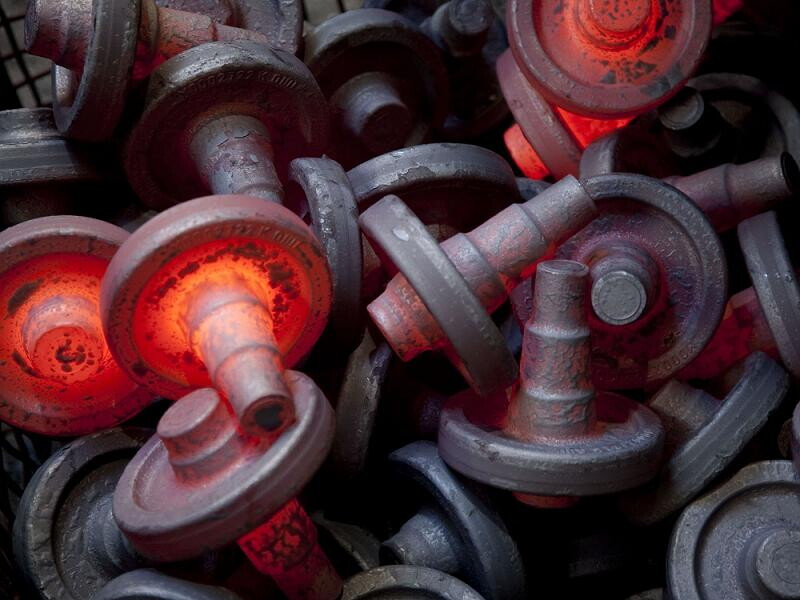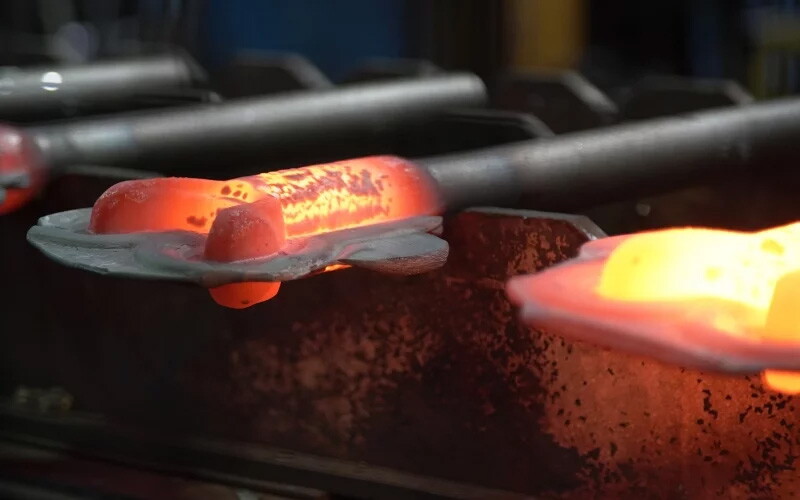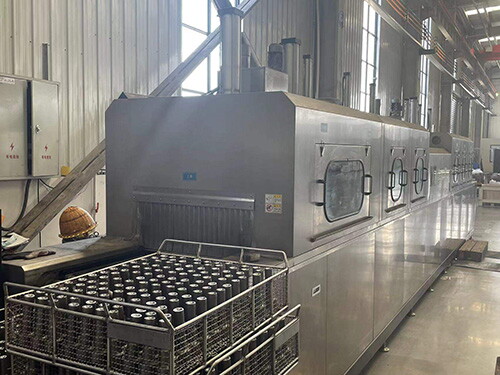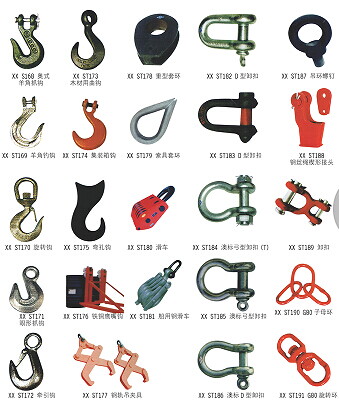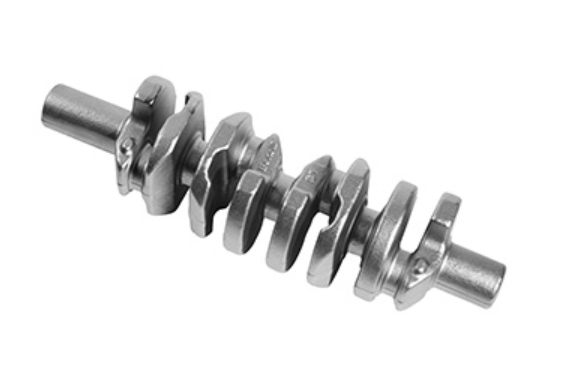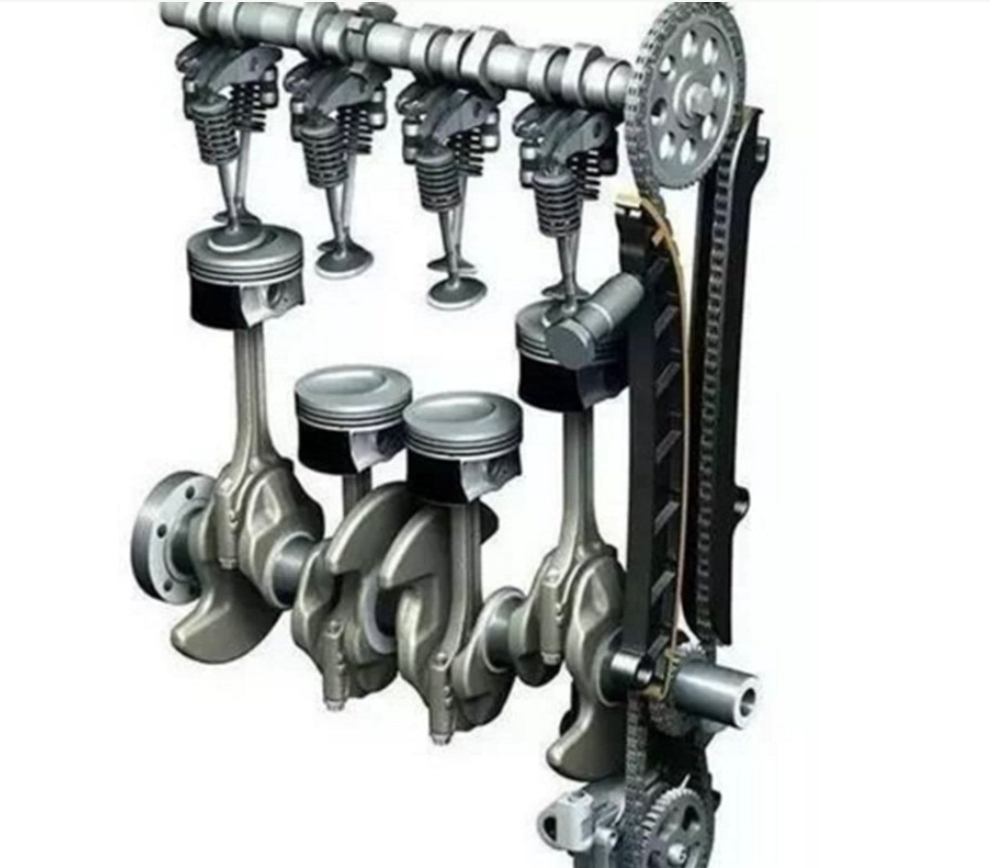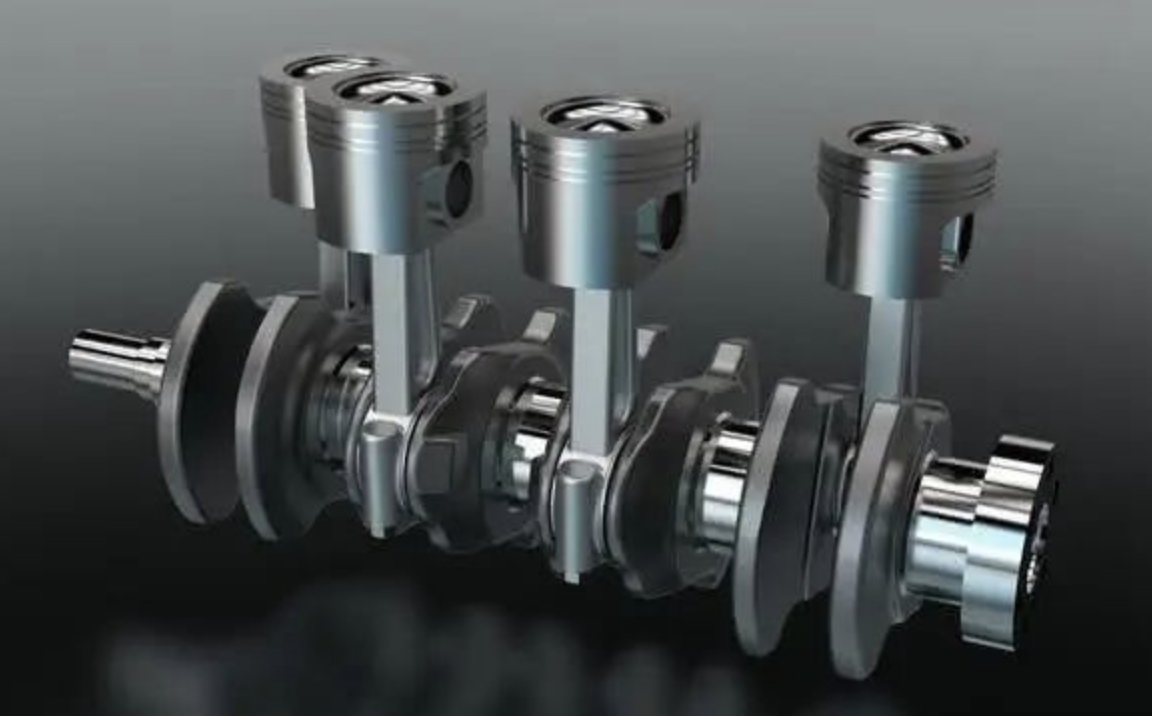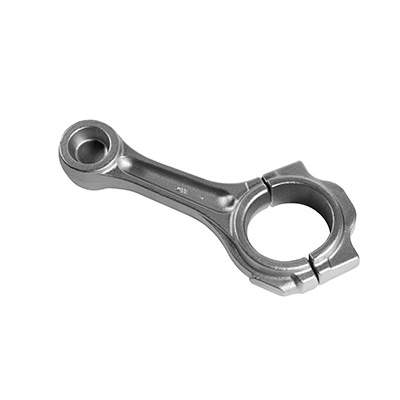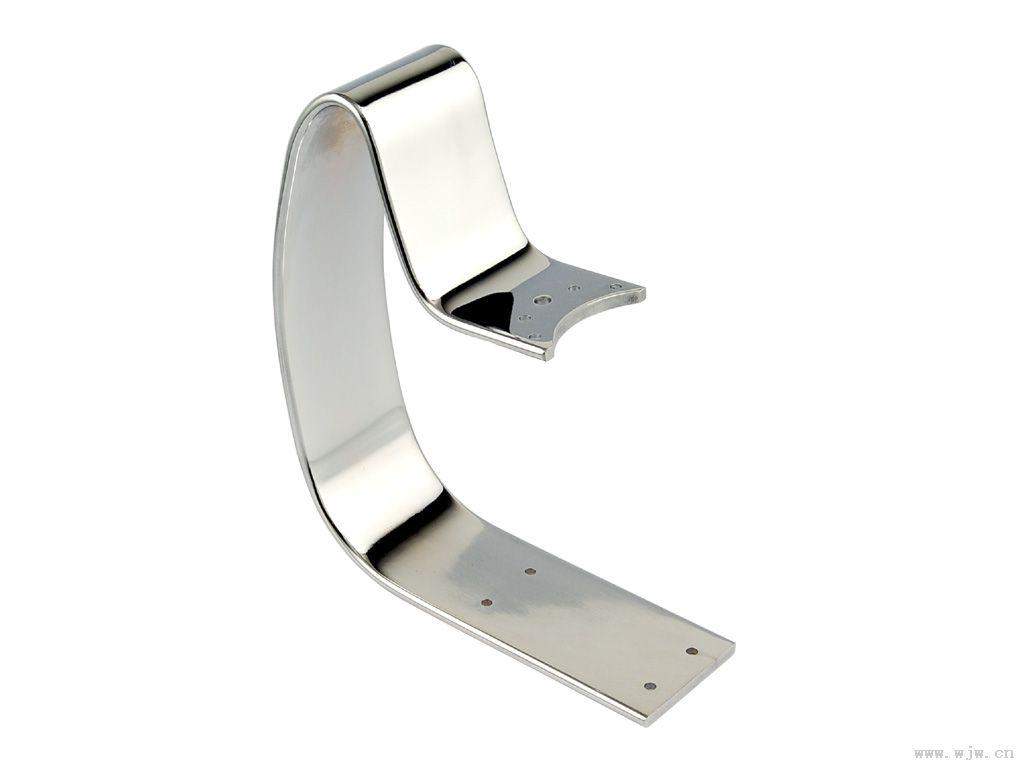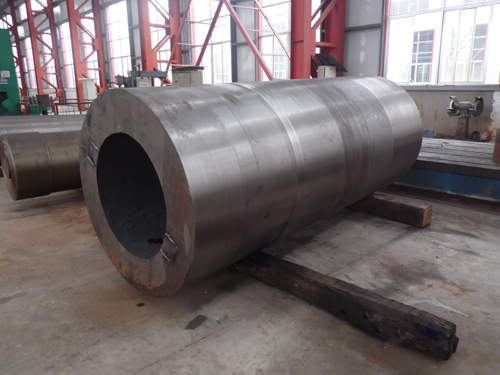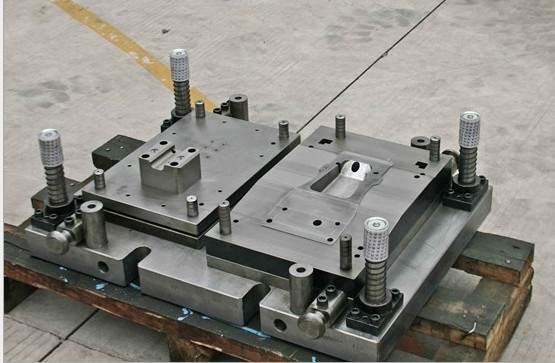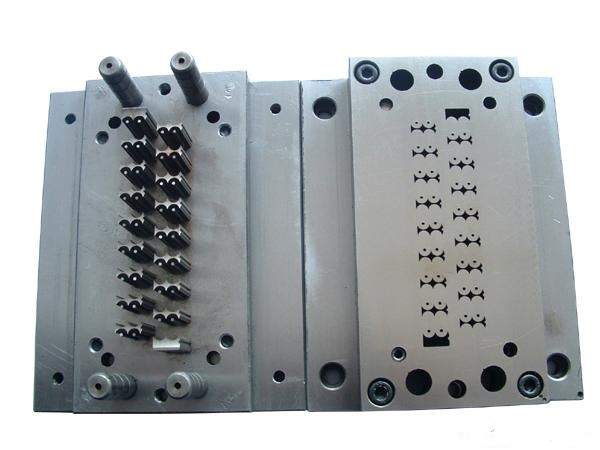Alloy Steel Drop Forgings,Hot forging
Alloy Steel Drop Forgings Alloy steel is also one of the most commonly used metals for drop forging. This is because drop forged alloy steel is known for being stronger, more wear resistant and tougher compared to carbon steel drop forgings. Alloy steel is considered to be iron-based alloys that has been alloyed or mixed with a variety of elements in the range of 1.00 – up to 50.0% to enhance the physical properties. The combination of alloys and elements forged together...

